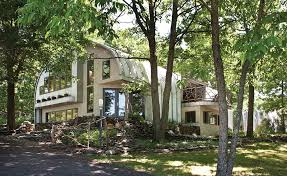Week 4: MedTech+Art

I never thought that medical technology and art have such strong correlations before this week. They seemed to me two totally disjoint subjects. But after some thinking, there are indeed fundamental connections among them. Art is about representations of objects, either real or virtual. Medical technology is about improving the understanding of human bodies and medical treatments. One intersection between these two subjects is the representation of human body, which was already popular back in ancient times. Back then, people got to know about human body by dissecting cadavers. This was both difficult and not truly moral according to Hippocrates’ Oath. Dissection cannot provide an overall image of the inside of a body. But with the invention of X-rays, people were able to get images of human body from many different angles without dissecting them. The structure of the bones became surprisingly clear under the X-rays. Multiple images together can give a comprehensive descriptio...



